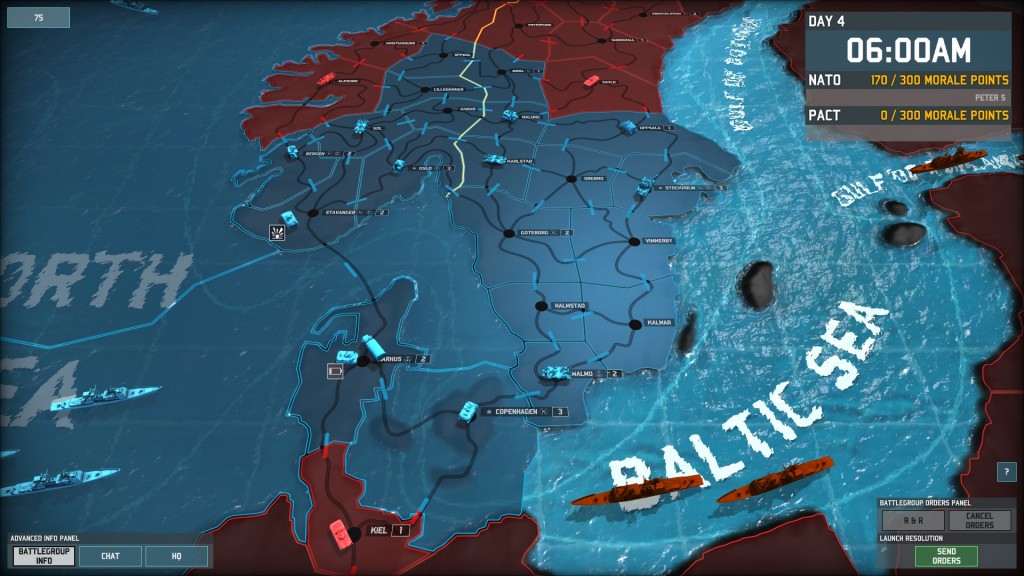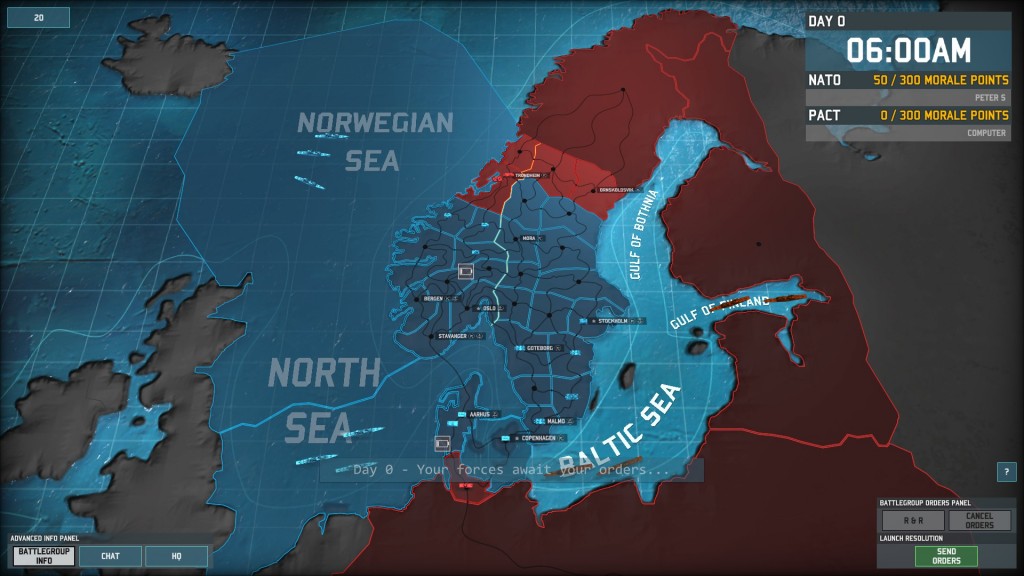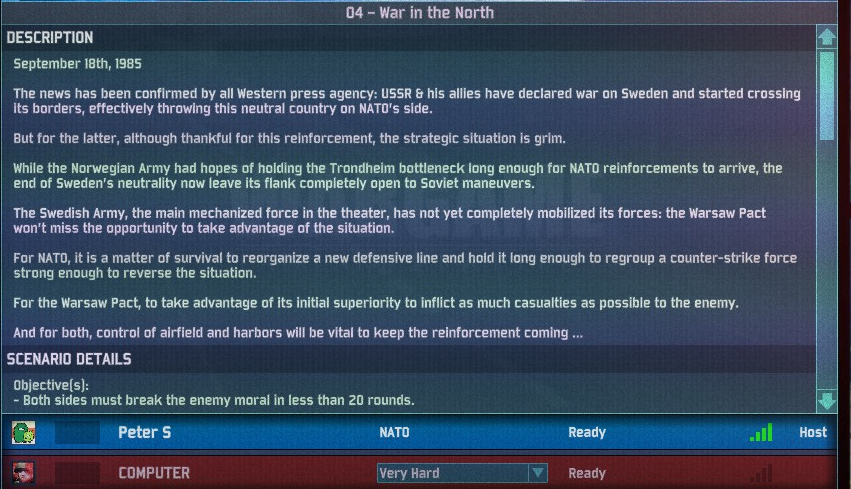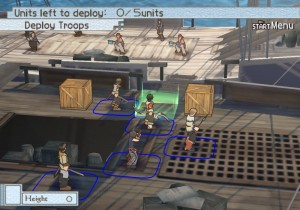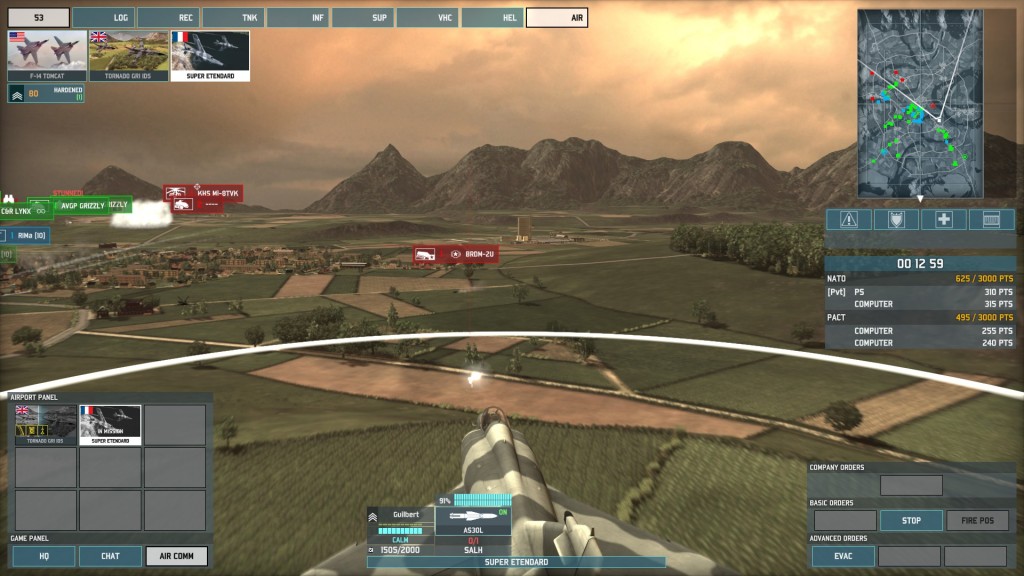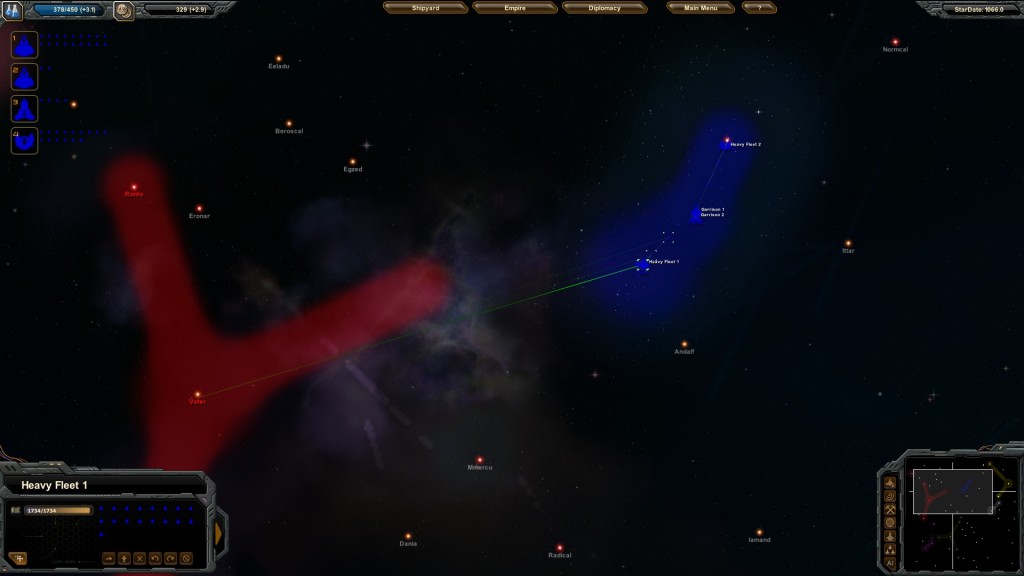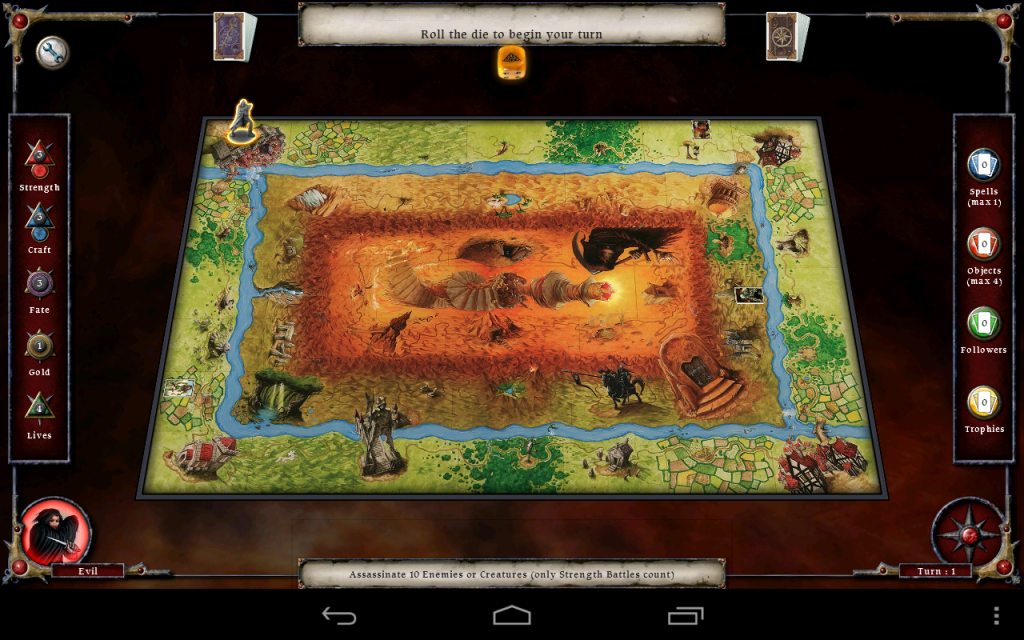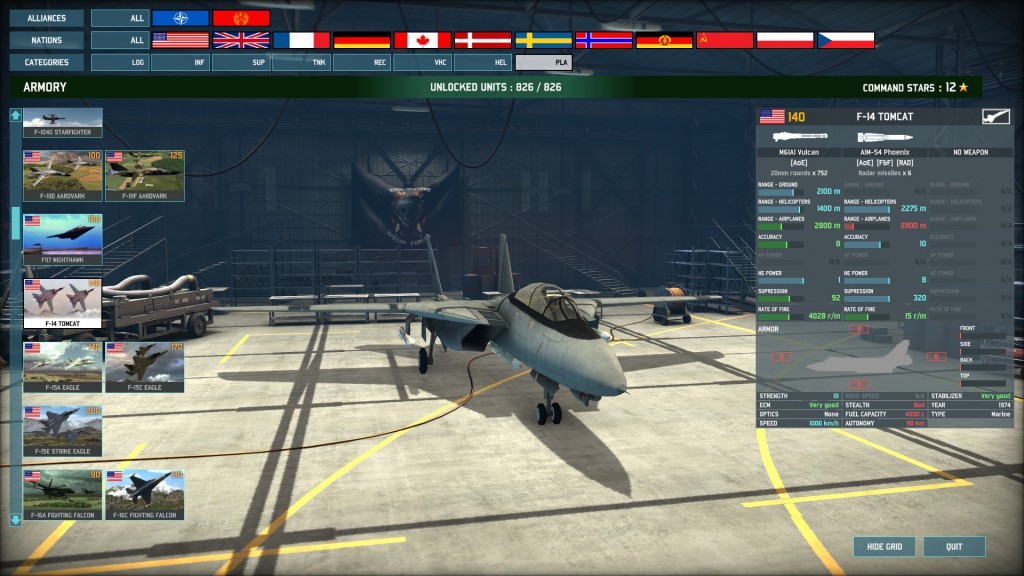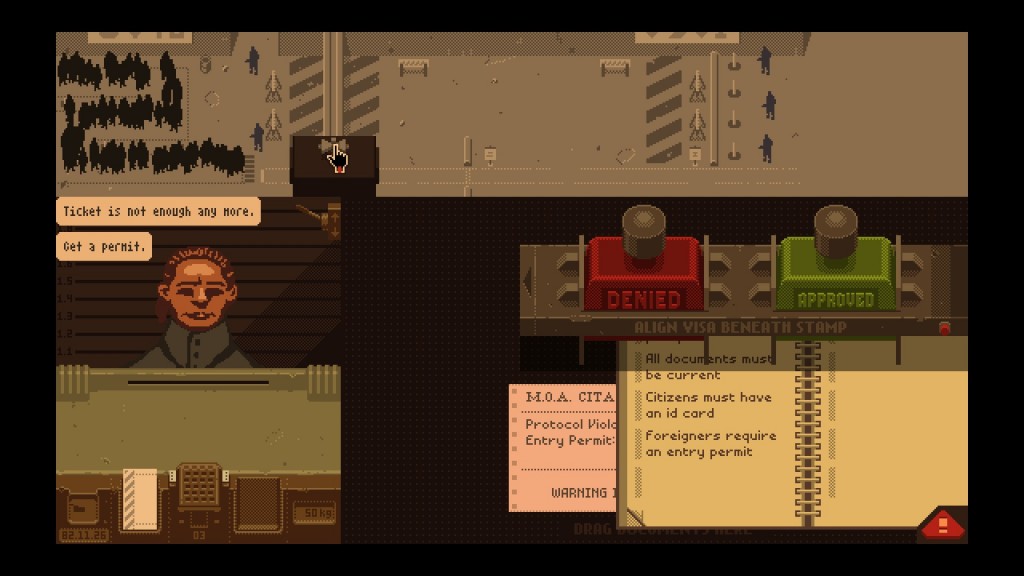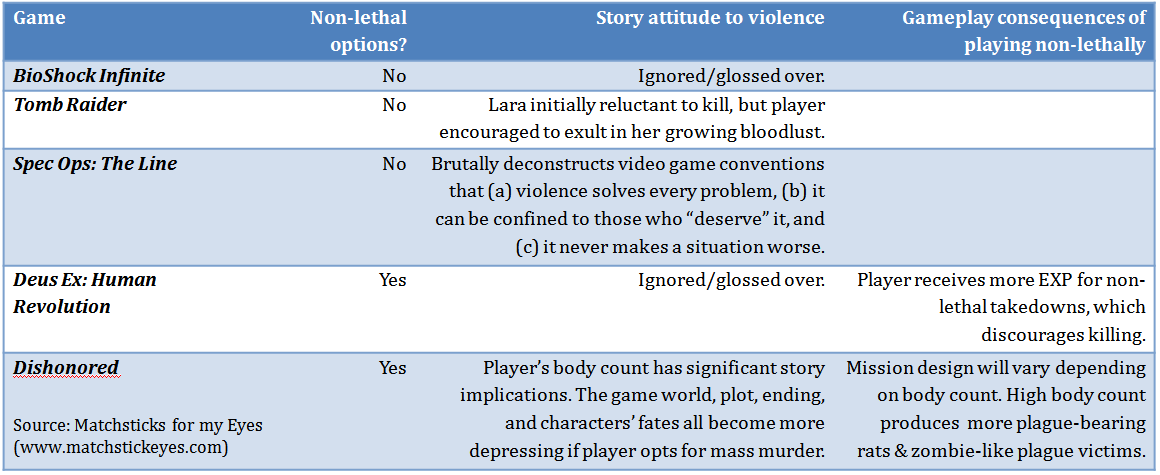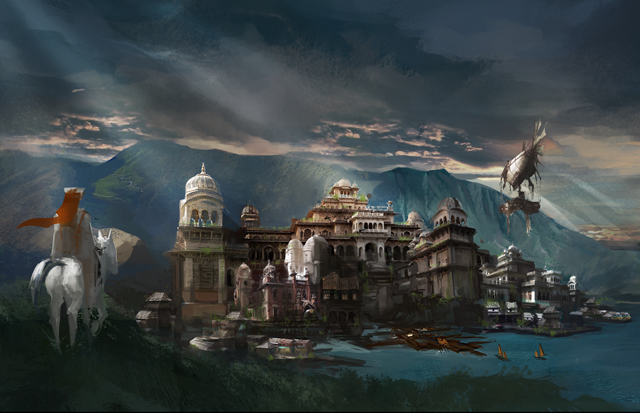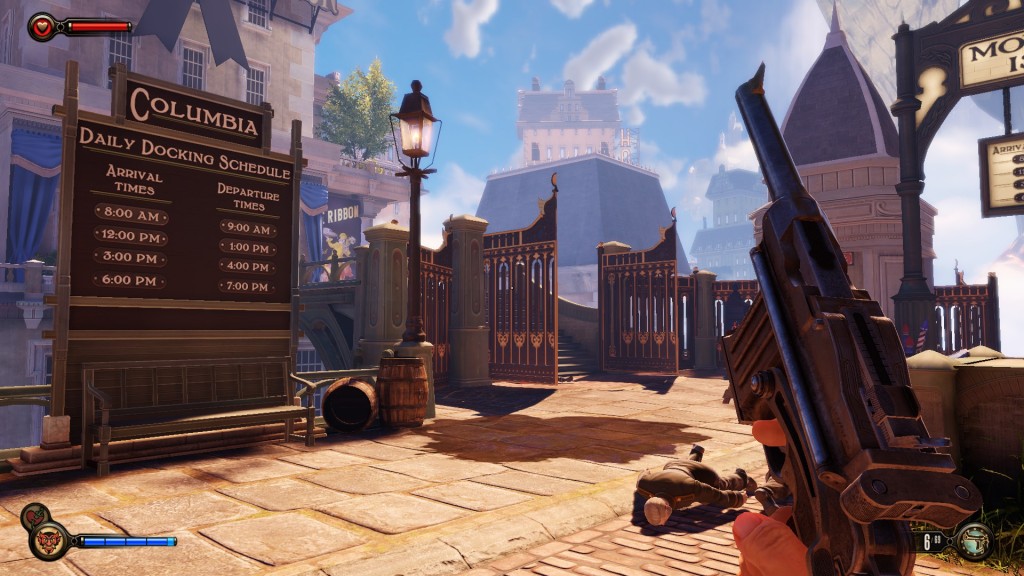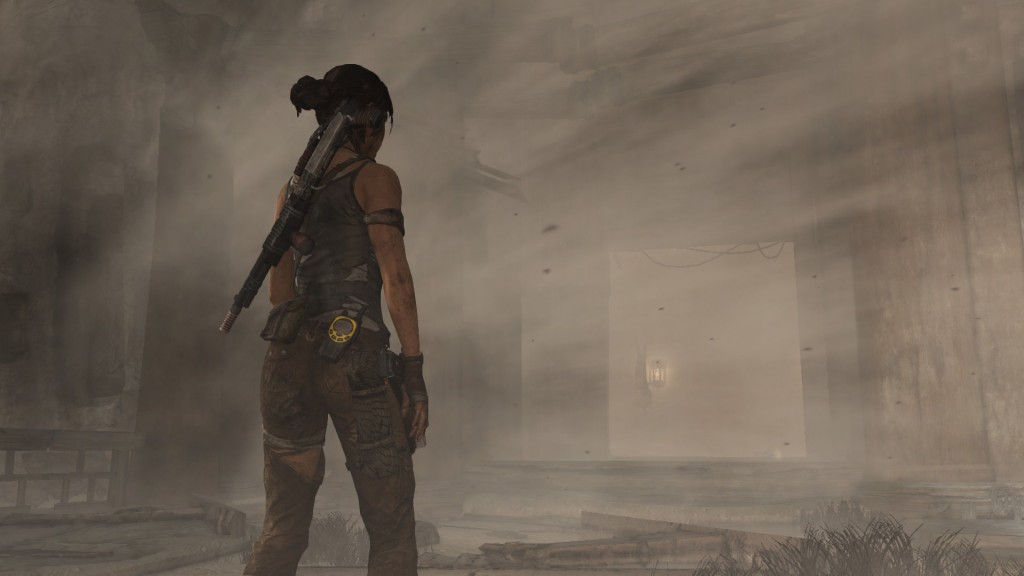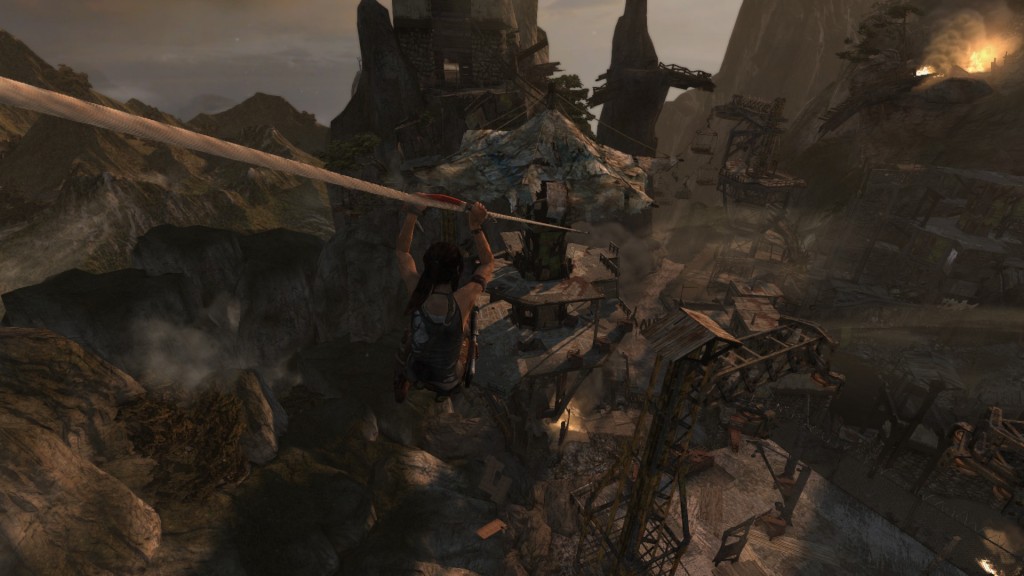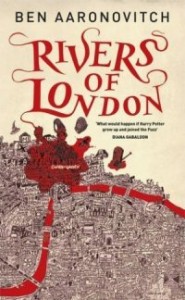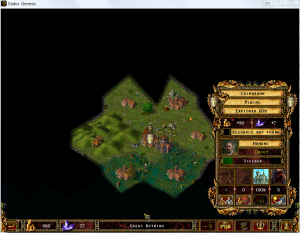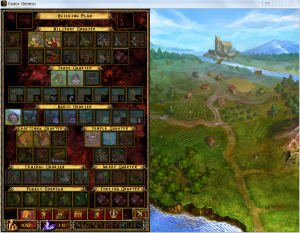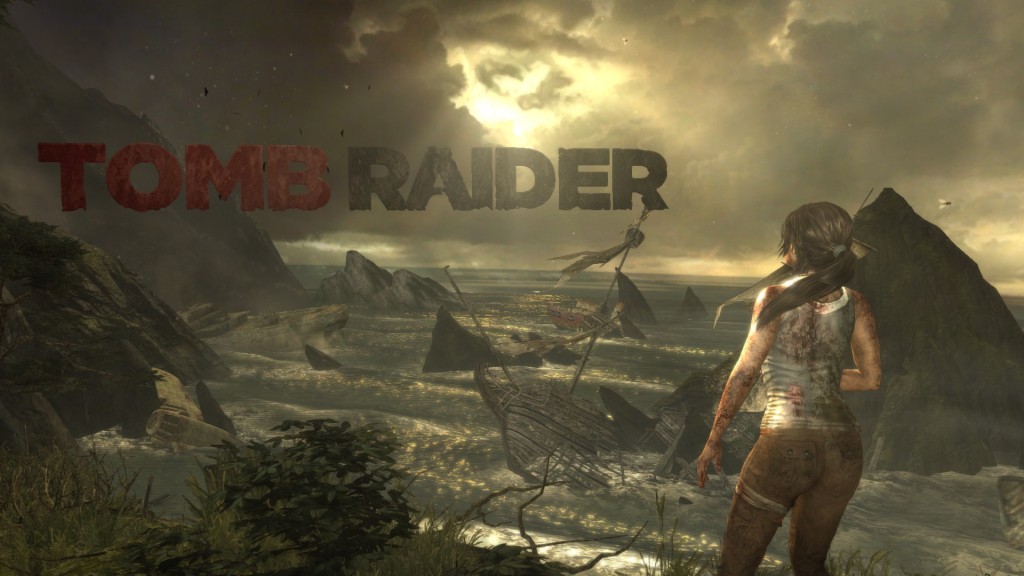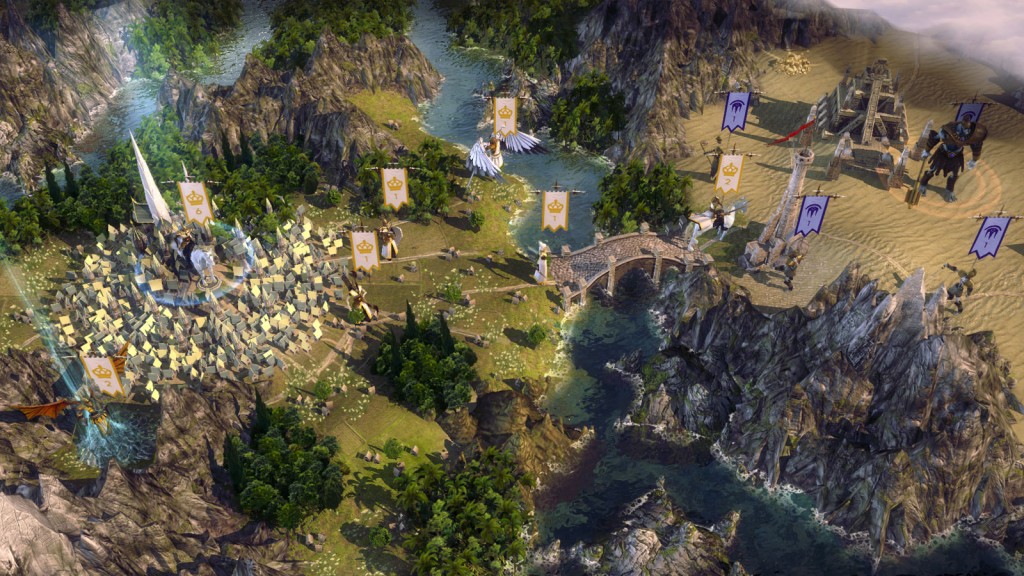Not a Review
For sale: 1 longboat fleet. 1 careful owner. 5,670 miles on the clock. Used for raiding around the Russ. No damage, good insurance record. Has provided years of joy and much treasure, sale by necessity only. Owner converted to Christianity so raiding no longer possible. All reasonable offers considered.
***
Hello good friend. I am King of Mercia, most Excellent Eadward the Bearded, and you help I am nedding. My Kingdom which is of Mercia being conquered by Vikings unJustly and against wishes of my own loving good people who like me their King in bad coup of conquests. I have large treasury (10,000,000 gold bits of pure gold) which i need to Trangsfer out of country without border taxes or being stealed by naughty People. You help me now and I make you Rich by giving you generous share of my large treaserary (10,000,000 coin in g0ld) being worth 10%. You ‘ll be a Rich man. All you need to do to Help me is send by fastest carrier pigeon your treasury key and guard passwords so that i can send by direct transfer directly the whole of my own treasury (10,000,000 peices of gold) under the label of a Random event choose Gift event choice 2. Then it arriving safely in your country and I giving you generous 10% of total to keep as to make you a Rich man who has lots of monies.
Replie immediately as this time limited offer due to Vikings killing everyone and robbing all my country. Remember: send treasury key and guard pastwords by fastest carrier pigeon now for lots of gain! Send carrying pigeons to: notascam@yesreally.co.uk
Yes, this great opportuinity for to Kind and great man who help Mighty king down on his luck with big treasury (10,000,000 golds!) due to Vikings.
***
Rebel with a clue seeks army for rebellion. No experience necessary; however, dedication to the cause is a must as aimless rebelling is no longer permitted. All applicants will be considered. Apprenticeships available for ages 18-24.
***

